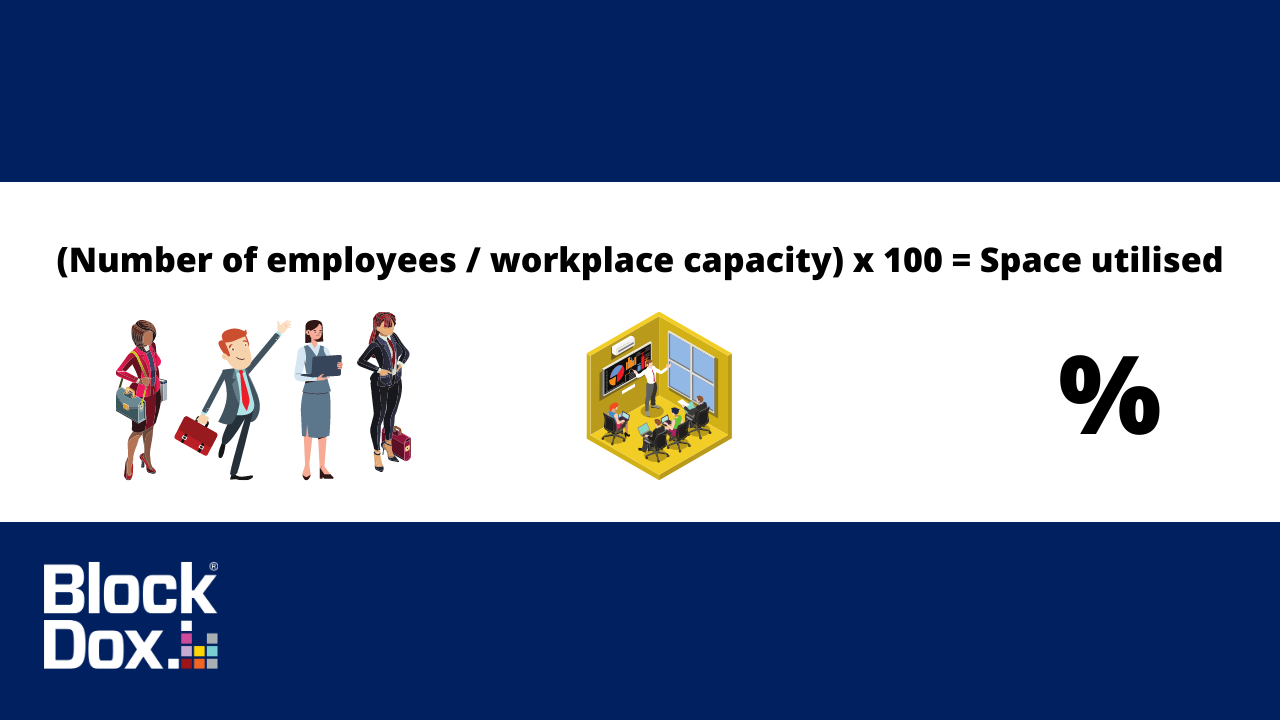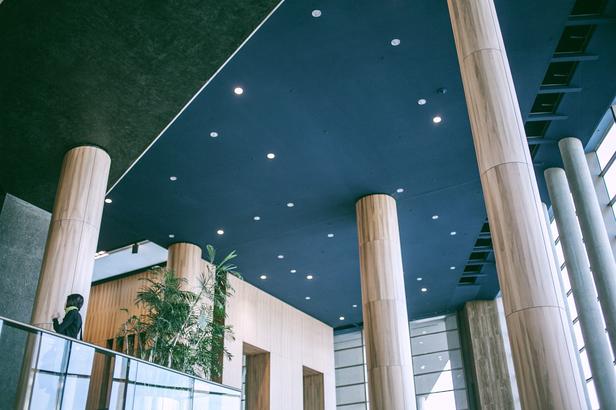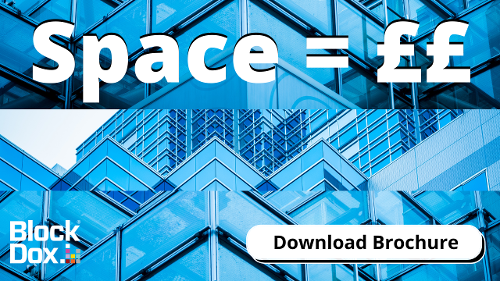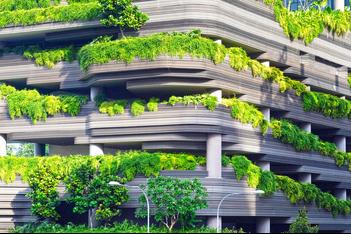The current pandemic has brought about changes in the way our modern workforce is structured. As a consequence, demand has rapidly moved to partial or fully remote working and has switched the focus on workplace utilisation, particularly in commercial office spaces.
Good space utilisation can not only influence an employee’s experience of the workplace, it can also enable a company to optimise spaces, save money and create new revenue streams.
The larger your office space or building is, the more crucial it is for you to understand how your space is utilised. Being aware of the latter will prevent you from wasting thousands of dollars in unused spaces and energy.
Real estate overhead is typically a company’s second largest expense due to the rising cost per square foot. However, as much as 40% of space remains underutilised, according to a 2015 CBRE Workplace Strategy survey (CBRE - Asia/ Pacific - Space utilisation the new Frontier). In addition, research has shown that a single unoccupied desk can cost businesses up to $18,000 a year.
How is space utilisation measured?
Measuring how space is utilised is usually done using a simple formula:

However, the formula itself is just half the picture. You’ll also need to take into account part-time employees, contractors, absences etc… Ideally, effective space management should take people, processes and places into consideration.
Certain metrics will matter more than others when scaling your space:
Density: this is a more precise metric that shows you how many people occupy a space at a certain time.
Cost Per Head/Seat: this metric helps you understand how much an employee costs when using your office space.
Mobility: this refers to all the other part-time, contractor employees that use the space intermittently.
Optimisation requires utilisation insights driven by reliable footfall and occupancy data. BlockDox fuses information from a painstakingly curated range of people counting sensors with lighting, power consumption, ID card, and Indoor Air Quality data to generate the intelligent insights needed for space utilisation optimisation during a time of high uncertainty and rapidly changing requirements.
Optimising and measuring space utilisation can benefit a wide range of industry managers: facilities managers, warehouse managers, higher education, office managers etc… ---> Book a demo now to find out how BlockDox can help you!













